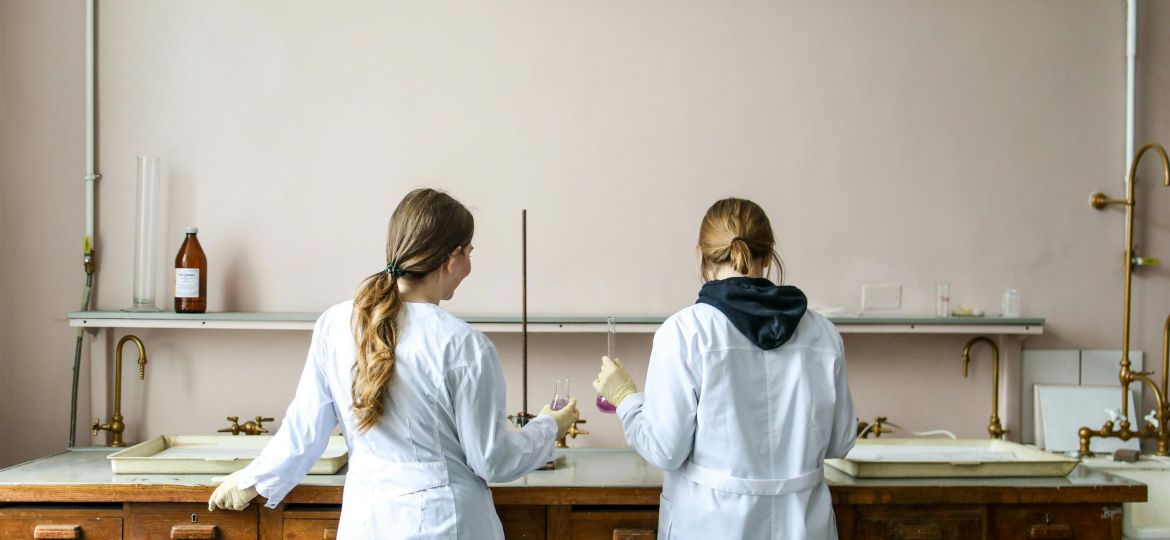
Recycling Polyurethane Foams via Solvolysis: Key Advances in the tExtended Project
Written by: Nacho Montesinos Beltran, AIMPLAS – Plastic Technology Centre
Introduction
Did you know that millions of tons of polyurethane (PU) waste are generated in Europe every year, most of which end up in landfills or are incinerated? PU is a versatile material widely used in sectors such as furniture, mattresses, and thermal insulation due to its excellent mechanical and insulating properties. However, recycling PU remains a significant challenge because it is not biodegradable. Within the framework of the European tExtended project, solvolysis has emerged as a promising solution to recover polyols and reintegrate them into the production of new PU foams, reducing dependence on virgin raw materials and promoting a circular economy.
Challenges in PU Recycling
Polyurethane is a difficult material to recycle due to its complex chemical structure. Traditionally, PU waste is managed through landfilling or incineration, methods that are not only unsustainable but also contribute to environmental pollution and greenhouse gas emissions. The lack of efficient recycling options has led to the search for innovative alternatives, such as solvolysis, a chemical process that breaks down PU into its basic components for reuse.
Advances in Solvolysis
As part of the tExtended project, various experiments have been conducted to optimize the solvolysis of PU foams. One of the most promising techniques studied is glycolysis, a type of solvolysis where glycols break the urethane bonds in PU, allowing the recovery of polyols with properties suitable for reuse in the production of new PU foams. Key parameters studied include:
- Type of glycol used: Different glycols, have been tested to determine their efficiency in breaking down PU.
- Reaction temperature and time: Optimal conditions have been identified to maximize polyol recovery.
- Use of catalysts: Catalysts have been explored to enhance the depolymerization process and improve efficiency.
- Foam-to-glycol ratio: The amount of foam added per mass of glycol has been adjusted to achieve the best results.
Key Results
One of the most significant achievements of the tExtended project has been the optimization of the hydroxyl (OH) index in the recycled polyols, by adding an acidolysis reaction in addition to the solvolysis. The OH index, which measures the reactivity of polyols, is a critical parameter for PU foam manufacturing. By fine-tuning the reaction conditions, the OH index of the recycled polyols has been brought closer to that of commercial polyols, marking a major step toward industrial applicability.
Despite significant progress, certain challenges remain in the development of recycled polyols. One of the key aspects to refine is their viscosity, which must be optimized to ensure compatibility with existing industrial equipment and facilitate large-scale implementation. In addition to controlling viscosity and OH-value, it is also essential to minimize the presence of solid residues, as these can hinder the proper formulation of polyurethane foams incorporating recycled content. Addressing these technical aspects is crucial to enhancing the viability and efficiency of sustainable polyurethane production.
Environmental Impact
The solvolysis of PU foams has the potential to significantly reduce the environmental impact of this material. By recovering polyols and reintegrating them into the production cycle, the tExtended project contributes to:
- Reducing waste: Diverting PU foam from landfills and incineration.
- Lowering CO2 emissions: Decreasing the need for virgin raw materials, which are petroleum-based and energy-intensive to produce.
- Promoting circularity: Creating a closed-loop system for PU materials, aligning with the European Union’s sustainability goals.
Next Steps
In the coming months, the tExtended project will focus on finalizing the optimization of the depolymerization process. The goal is to produce recycled polyols that meet industry specifications and can be used in the formulation of new PU foams with recycled content. This step is crucial for demonstrating the technical feasibility of the process and advancing toward a more sustainable PU industry. Additionally, efforts will be made to scale up the technology and explore its integration into existing manufacturing processes.
Conclusion
The tExtended project is making significant strides in the recycling of polyurethane foams through solvolysis, particularly via glycolysis. By optimizing key parameters such as the OH index and viscosity, the project is paving the way for the industrial application of recycled polyols. These advancements not only contribute to reducing the environmental impact of PU materials but also align with the broader goals of the circular economy.
As the project moves forward, the focus will remain on refining the technology and demonstrating its feasibility on a scale. The potential to transform the PU industry into a more sustainable and circular system is within reach, thanks to the innovative work being done within the tExtended project. At this stage, AIMPLAS, SOPREMA, and ERT are actively collaborating to drive these developments forward.
For any enquiries about further information on the processes described in this article, please contact Claudia Esposito, Senior EU Project Manager, at: cesposito@carrcommunications.ie


